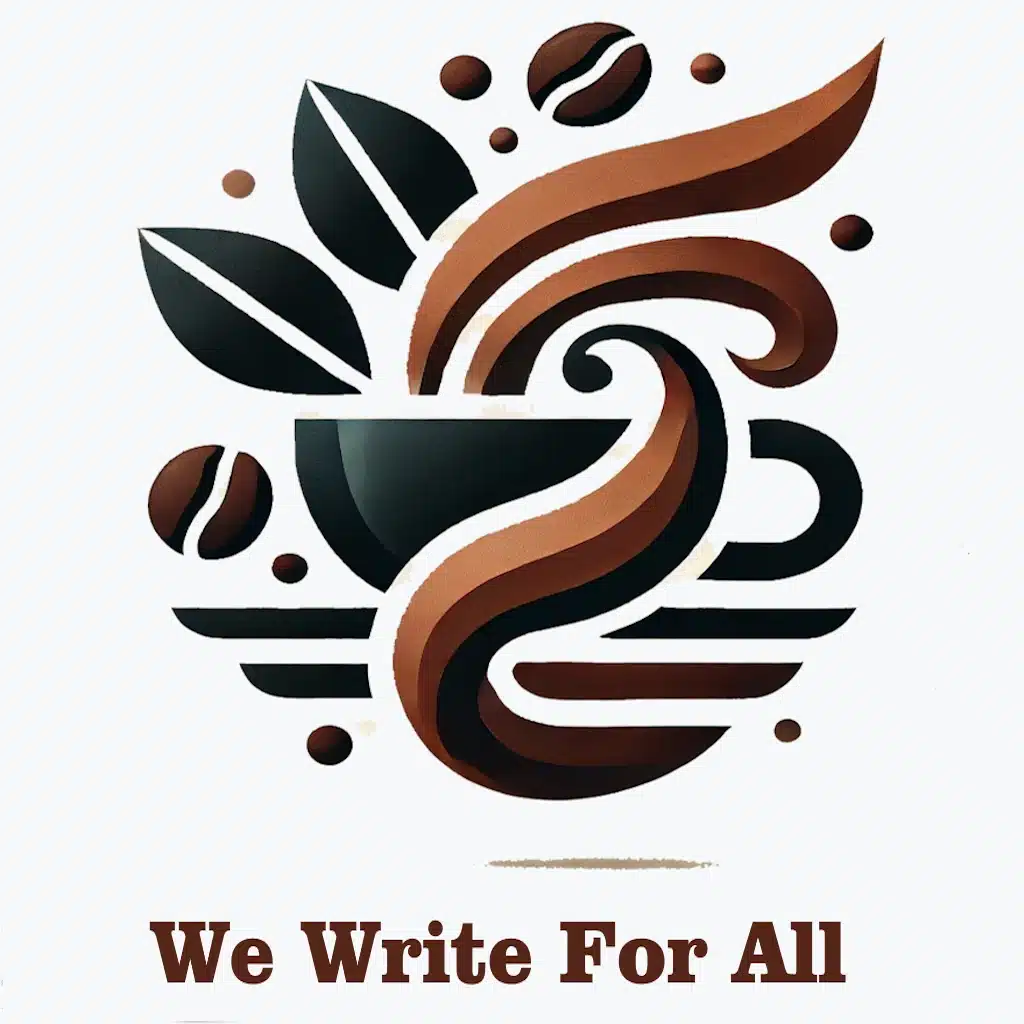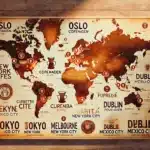When people think of coffee culture, they often imagine Italy’s espressos or Brazil’s sprawling plantations. But tucked quietly at the top of the consumption charts are the Nordic countries — Finland, Sweden, Norway, Denmark, and Iceland. These nations consistently rank among the highest coffee consumers per capita. What makes the people of the north so deeply connected to this humble brew?
Let’s dive into the rich cultural, social, and historical fabric of Scandinavian coffee culture and uncover why coffee isn’t just a drink there — it’s a way of life.
1. Coffee by the Numbers: Scandinavia at the Top
Scandinavia holds a staggering presence in global coffee statistics. Finland leads the world with over 12 kilograms per person per year, followed closely by Norway, Iceland, Denmark, and Sweden. These figures aren’t driven by café culture alone — they’re deeply tied to everyday life.
Coffee is consumed at breakfast, after lunch, during meetings, and always with friends. The average Scandinavian might drink 4 to 5 cups a day, often brewed at home or in the office.
2. Fika: The Swedish Ritual of Slowing Down
One of the key cultural elements behind coffee’s popularity in Sweden is fika — more than just a coffee break, it’s a ritual. Fika involves pausing during the day to enjoy coffee and pastries, often with friends or coworkers. It emphasizes balance, presence, and connection.
It’s so ingrained in Swedish life that many workplaces have structured fika breaks. Cafés design their environments to encourage relaxation and conversation, not just caffeine refueling.
3. Kaffe and Kos: Norwegian and Danish Comfort
In Norway and Denmark, coffee aligns with the concepts of kos (Norwegian) and hygge (Danish). These words describe the cozy, comforting moments in life — sitting by the fireplace, chatting under a blanket, enjoying good company.
Coffee is central to these experiences. It warms the body in the cold climate and acts as a social lubricant. Guests are always offered coffee, and declining it can be seen as slightly rude.
4. The Home Brewing Culture
Scandinavians prefer brewing their coffee at home, and they’re passionate about quality beans and equipment. Popular methods include:
- Drip coffee machines (the most common)
- French press
- Pour-over (especially in specialty circles)
Most households keep coffee pots warm throughout the day. It’s not unusual to have several cups before lunch and continue sipping into the evening.
5. The Importance of Light Roasts
Scandinavia has influenced global coffee roasting trends, especially in specialty circles. Nordic countries favor light roasts, which bring out the bean’s acidity, fruitiness, and subtle complexity.
This contrasts with the darker roasts popular in Southern Europe or the U.S. Light roasting became a signature of third-wave coffee, largely thanks to Scandinavian innovators.
6. Coffee and Cold Weather: A Natural Pair
The climate plays a big role in Scandinavia’s coffee obsession. With long, dark winters and limited daylight hours, people naturally turn to warm beverages for comfort and energy.
Coffee helps ward off the cold and brings psychological comfort — it becomes an anchor during months when sunlight is scarce.
7. Specialty Coffee and the Nordic Influence
Scandinavia is home to some of the world’s most respected specialty roasters and cafés. Cities like:
- Oslo (home to Tim Wendelboe)
- Copenhagen (The Coffee Collective)
- Stockholm (Drop Coffee Roasters)
…have influenced coffee professionals worldwide. These businesses prioritize direct trade, transparency, and flavor exploration.
8. Coffee in Every Social Situation
Coffee is present at every life stage and event:
- Birthdays — always accompanied by a coffee table full of cakes
- Funerals — with coffee served after the service
- Everyday visits — guests are always served coffee and something sweet
This embeddedness turns coffee from a habit into a symbol of hospitality and emotional connection.
9. Government, Office Life, and Coffee
Workplaces in Scandinavia revolve around coffee. Government offices, banks, libraries, even hospitals often have free coffee stations. It’s seen as essential for productivity and morale.
In fact, unions in Sweden and Norway have fought to ensure mandatory coffee breaks in some workplaces. Coffee time is sacred — and protected.
10. Sustainability and Ethics in Nordic Coffee
Scandinavian consumers are among the most eco-conscious in the world. As a result, coffee buyers prioritize:
- Organic and fair trade certifications
- Direct trade with farmers
- Minimal packaging and eco-friendly practices
Roasters and cafés invest in transparency and storytelling, letting customers know exactly where their beans come from.
Final Thoughts: More Than a Drink
In Scandinavia, coffee isn’t just about caffeine — it’s about community, tradition, warmth, and wellbeing. Whether through the ritual of fika, the comfort of kos, or a shared cup among friends, the Nordic approach to coffee teaches us to slow down and appreciate the simple things.
If you’re a coffee lover looking for inspiration, look north. You might just find your next favorite cup — and a whole new way of living.







